How Bloomsbury became the cradle of British culture
For centuries before literary greats and intellectuals borrowed its name, Bloomsbury was a bucolic slice ofcountryside. Carla Passino takes a look at its history.
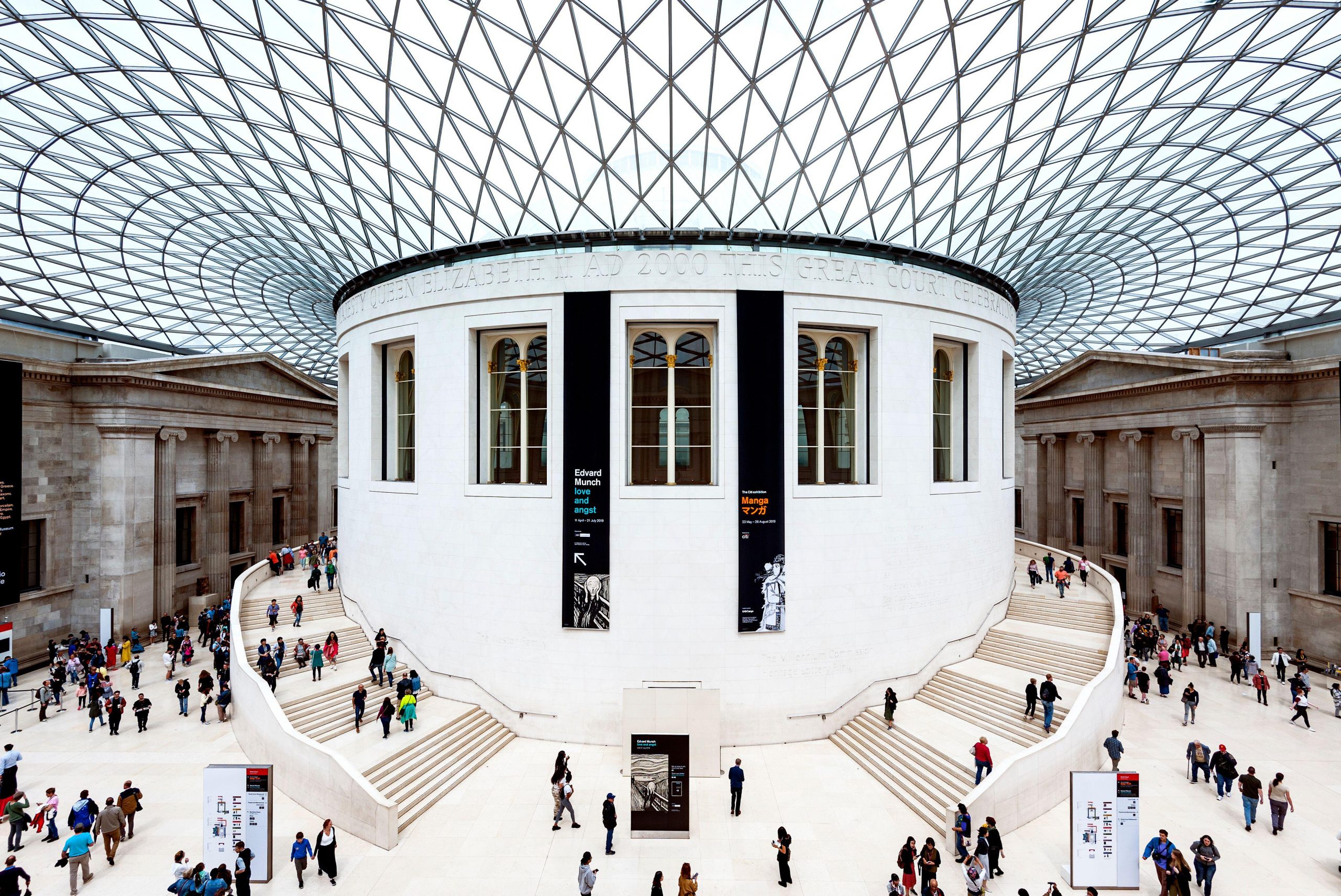

The British Museum gleams in the morning light, dwarfing the much taller buildings that surround it to tower like a novel Parthenon. But where the Parthenon was the apogee of Classical Greek culture, the British Museum was the foundation on which Bloomsbury’s intellectual fortunes were built.
Life started humbly for this venerable cradle of British Arts and literature — as vineyards and woods for at least 100 pigs, according to the Domesday Book — and continued peacefully for many centuries, the Dissolution of the Monasteries proving a mere disturbance that saw Bloomsbury pass from the hands of the Carthusian monks to those of a sequence of aristocrats, who built themselves houses to match their title’s grandeur.
One of them, Montagu House, became notorious both for the many duels fought in the fields behind it and for one of its residents: Elizabeth Monck, Duchess of Albemarle. The immensely rich, but mentally ill widow of Christopher, 2nd Duke of Albemarle, she had declared that she would only marry again to a monarch — so Ralph, 1st Duke of Montagu, passed himself off as the Emperor of China to court her.
‘Until her decease, she is said to have been constantly served on the knee as a sovereign,’ wrote John Timbs in Oddities of History.
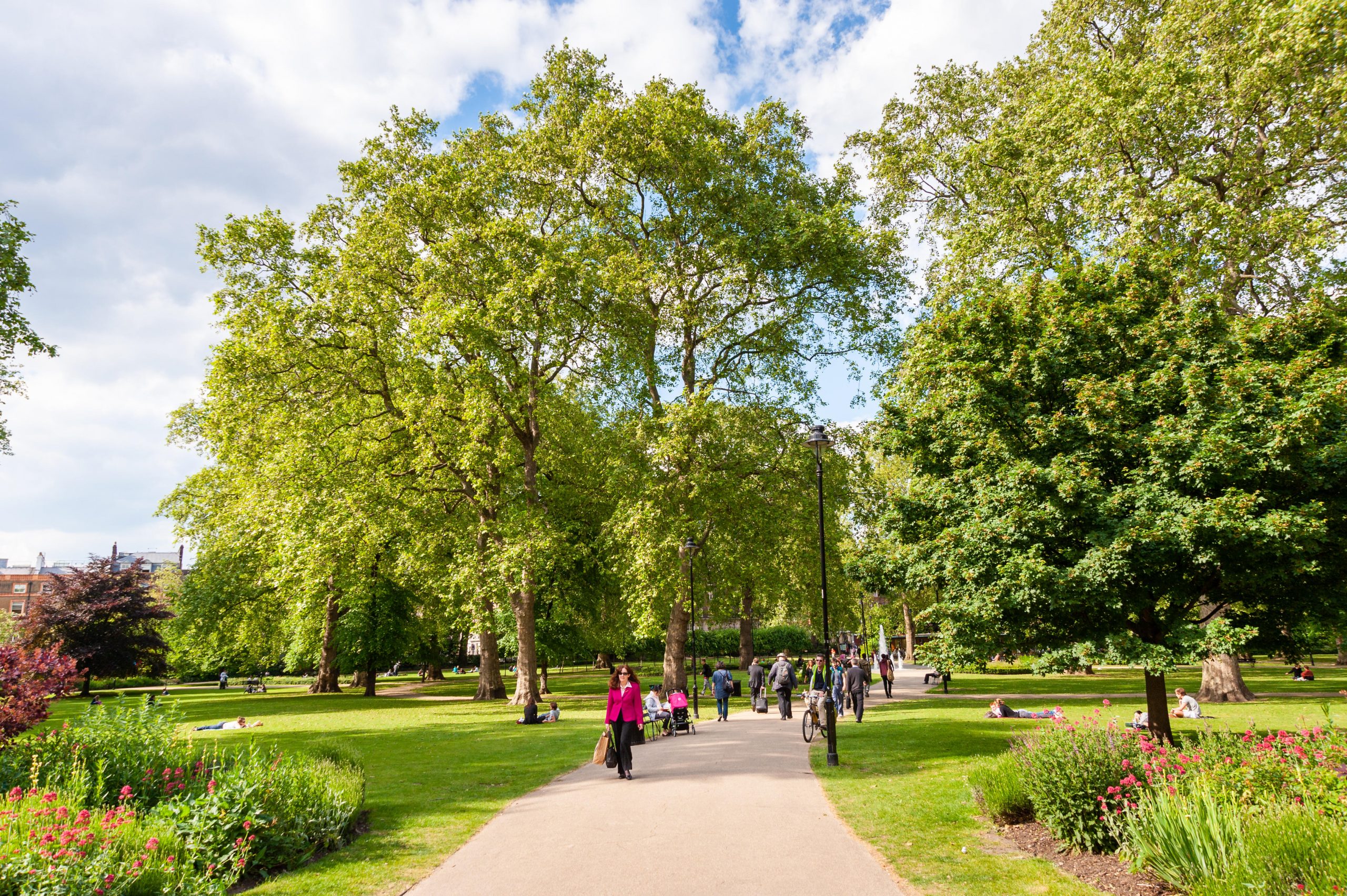
About 25 years after the Duchess’s death, Montagu House was sold to become the museum that changed Bloomsbury’s history. It started with royal physician Sir Hans Sloane’s voracious appetite for collecting.
After he passed away, his treasures — more than 80,000 ‘natural and artificial rarities’, some 40,000 books and manuscripts and about 32,000 coins and medals — were bought for the nation to create a free, public museum, which opened in 1759. The collection soon outgrew the original building, which was replaced with Sir Robert Smirke’s Grecian confection in the 19th century.
Since then, the museum has continued to embrace new objects (now numbering at least eight million) and new architecture with equal gusto: in 2000, sleek white lines and a tessellated roof made with more than 3,300 individually shaped panels of glass enveloped the old Round Reading Room to form Europe’s largest covered public square.
Sign up for the Country Life Newsletter
Exquisite houses, the beauty of Nature, and how to get the most from your life, straight to your inbox.
In the years immediately following the museum’s opening, Bloomsbury remained rural — in his late-18th-century recollections, John Thomas Smith wrote of a Russell Street farm inhabited by two sisters who found ‘spiteful delight’ in riding ‘with a large pair of shears after boys who were flying their kites, purposely to cut their strings’ or seizing the clothes of those who trespassed on their premises to bathe.
Eccentrics would soon become a memory; a development wave saw the area turn into an upper-middle-class haven, with another of its grand mansions, Bedford House, growing into ‘a new city’ where squares, streets and churches covered the fields that had once been famous for peaches and snipes. As Edward Walford noted in Old and New London, the streets around Bedford Square and Russell Square — conveniently close to the Inns of Court — were particularly popular with ‘gentlemen of the long robe’.
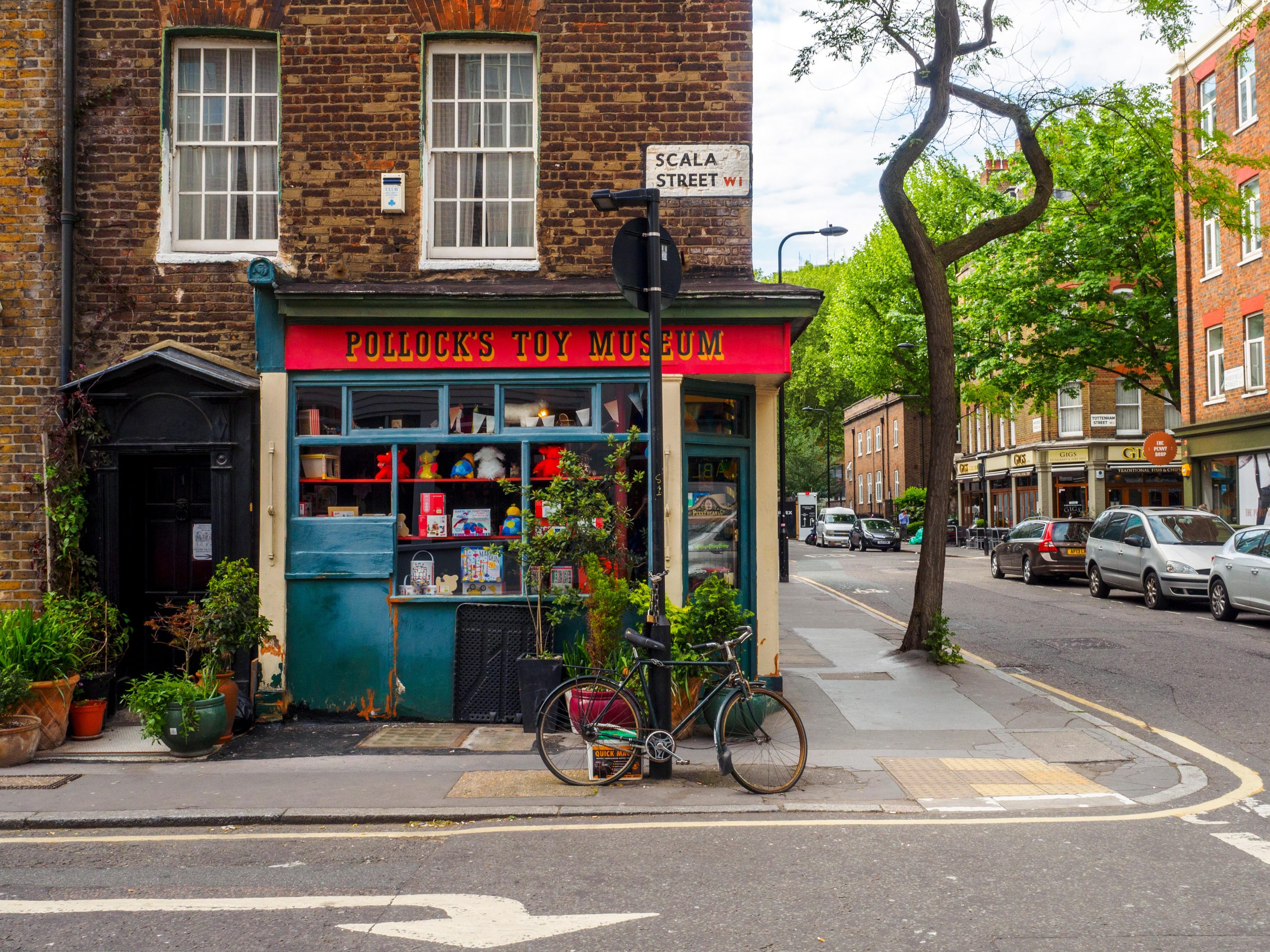
It was this distinguished set of residents that attracted a young Charles Dickens. ‘He was very conscious of his poor background, and wanted to create the sense that he was someone of means,’ says Cindy Sughrue, director of the Charles Dickens Museum, which is situated at 48, Doughty Street (where he wrote Oliver Twist, now the subject of an exhibition running until March 13, 2022).
‘Bloomsbury was a seat of knowledge, culture and artistic sensibility, and he wanted to absolutely be at the heart of that.’
However, poverty rubbed shoulders with wealth, with the streets south of the British Museum housing ‘a floating population of 1,000 persons who had no fixed residence,’ according to Walford. For Dickens, this was a constant source of inspiration. ‘He needed both the grittiness and the glamour to feed his imagination,’ says Dr Sughrue.
A tireless social reformer, he must have felt a particular affinity for the Foundling Hospital, which was only a few steps away from Doughty Street. It had been founded in 1739 by Capt Thomas Coram, who had campaigned for 17 years to open a place that could take care of London’s abandoned babies and had kept it going with help from William Hogarth, who donated money and artwork, and George Frideric Handel, who ran annual concerts that raised almost £7,000 over the years.
But even Coram couldn’t have imagined the impact his initiative would have: in the 215 years in which it operated, the hospital educated about 25,000 children. Today, it has morphed into a group of charities, Coram, that continues to support vulnerable children and the Bloomsbury building (redeveloped in the 1930s) has become the Foundling Museum, which tells the story of those who grew up between its walls. No wonder that Dickens, in the words of Little Dorrit’s Mr Meagles, described Coram as ‘a blessed creature’.
Where Dickens first trod, many other literary greats soon followed. In 1904, siblings Vanessa, Virginia, Thoby and Adrian Stephen moved to 46, Gordon Square, where, on Thursday evenings, they entertained a circle of young intellectuals.
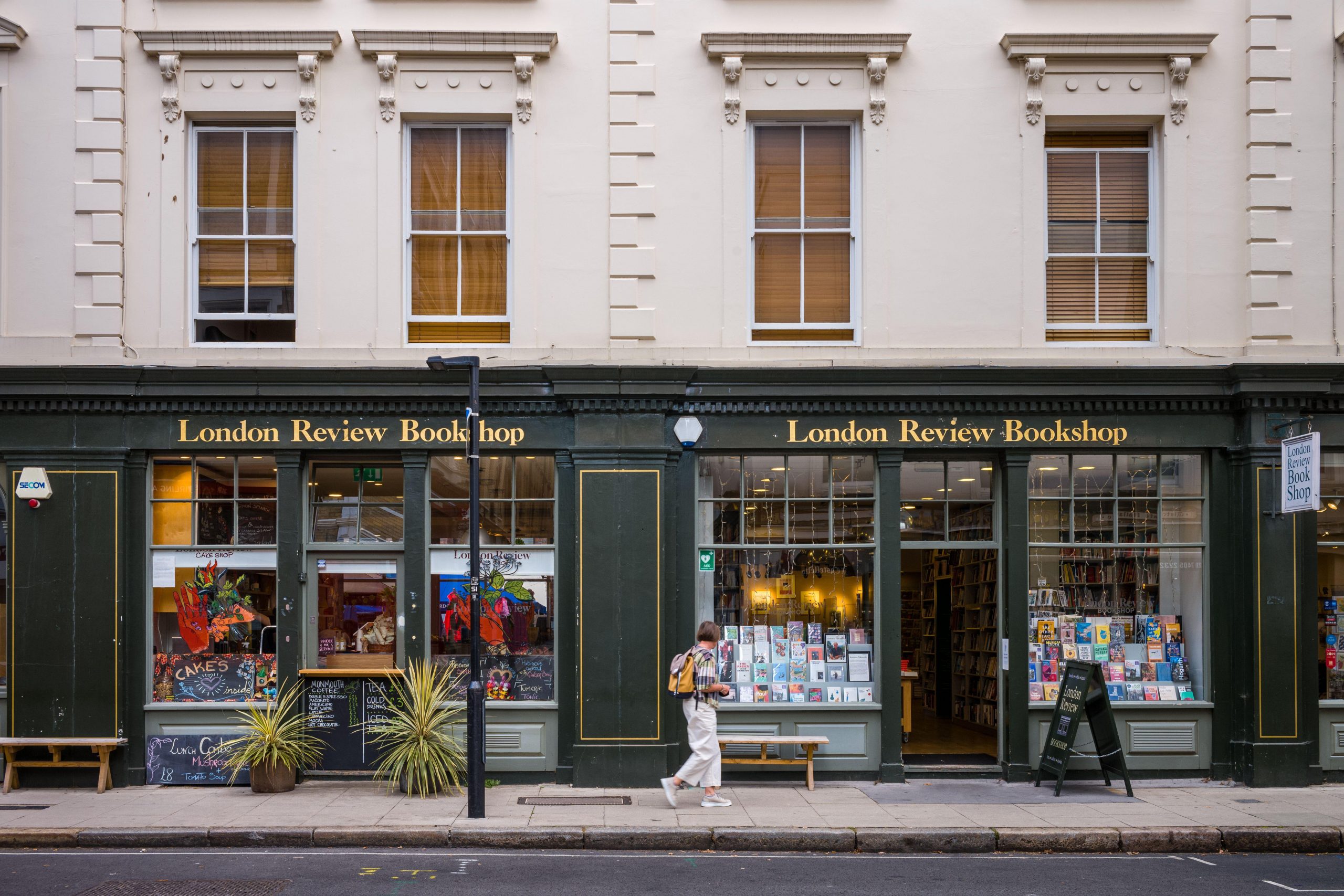
Artist Clive Bell, whom Vanessa married in 1907; essayist Leonard Woolf, who married Virginia in 1912; writer Lytton Strachey; civil servant Saxon Sydney-Turner; painters Roger Fry and Duncan Grant and economist John Maynard Keynes were all part of this Bloomsbury Group.
Together, they championed a new approach to Arts and literature, a greater role for women in culture, gay rights, bisexuality and open marriages — as American writer Dorothy Parker pithily put it: ‘They lived in squares, painted in circles and loved in triangles’. Their unconventional thinking fuelled some of the most influential works of early-20th-century Britain, from Keynes’s Economic Consequences of the Peace to Woolf’s Mrs Dalloway and Roger Fry’s Vision and Design.
Although they eventually moved on, their former headquarters at Gordon Square remains one of London’s culture engines to this day. Bought by the University of London in 1951, it houses several departments — from University College London’s Urban laboratory at No 29 to the Birkbeck’s School of Arts in the very building where the Bloomsbury Group started. With the British Museum only eight minutes away, no other area of London brings together in such close proximity the past and future of British culture.
Property for sale in Bloomsbury
Bloomsbury Street, £1.5 million
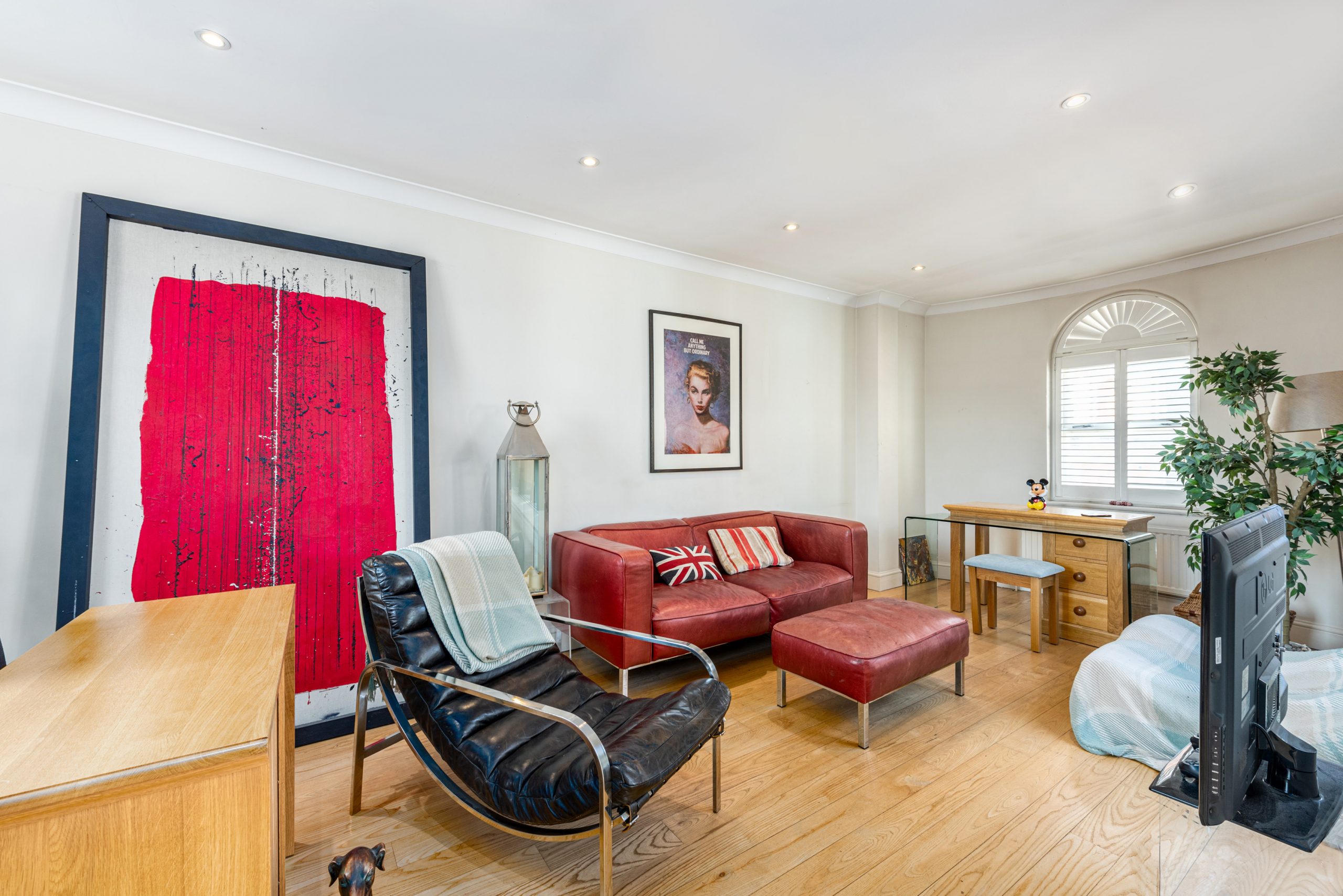
It’s hard to beat the location of this bright penthouse in Bloomsbury Plaza, which is minutes from the British Museum, Covent Garden and three different Tube stations. It has three bedrooms on the fourth floor and kitchen, dining room and sitting room on the fifth — both reception rooms open onto a delightful west-facing terrace.
For sale through Chesterton — see more pictures and details
Duke’s Road, £2.3 million
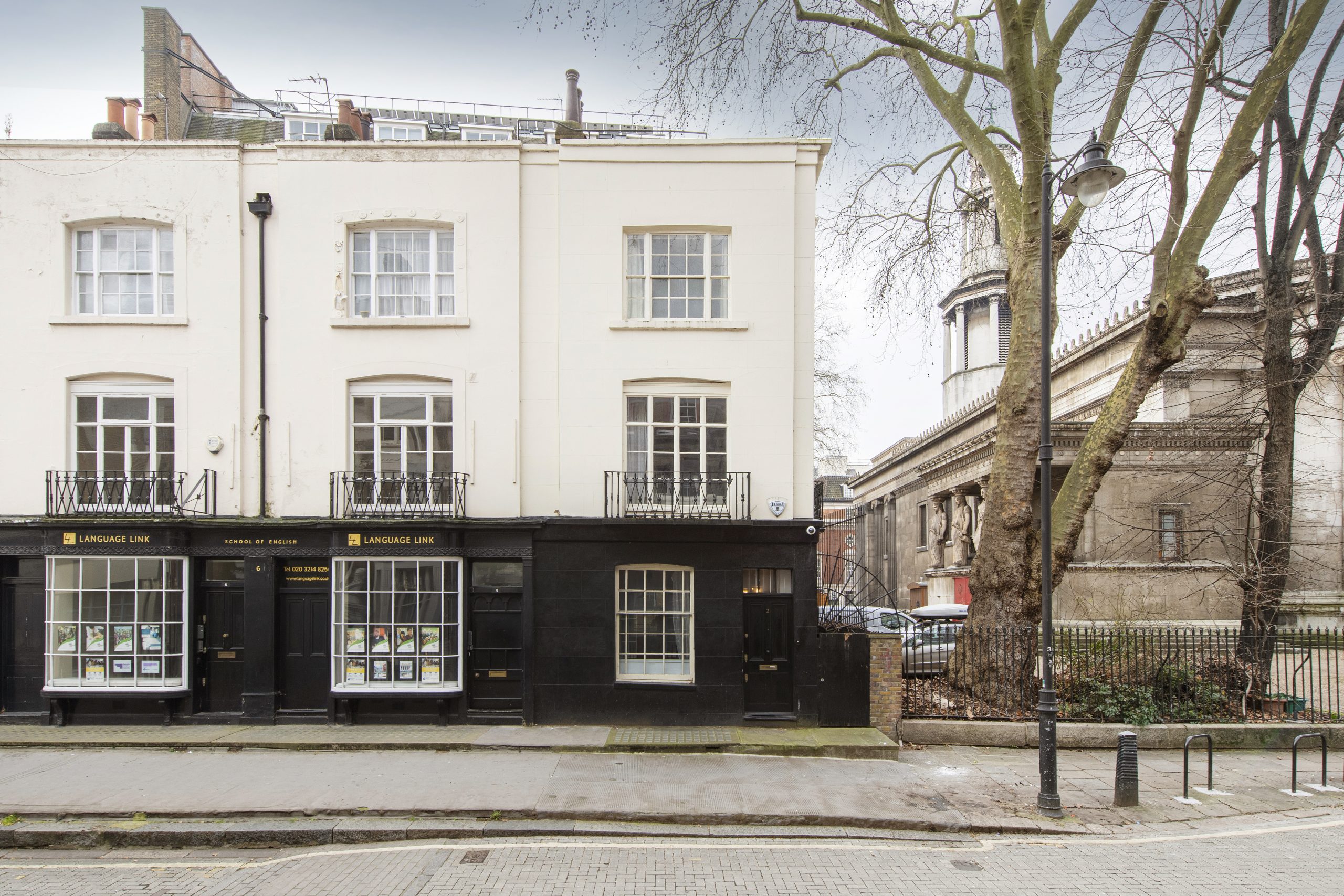
Duke’s Road, says Nick Moore is ‘a pretty cobbled street with a distinctly Dickensian feel’ and this Grade II*-listed, late-Georgian townhouse is the perfect place to enjoy it. It has three bedrooms, three reception rooms and many original features. Outside is a Yorkstone paved walled courtyard garden that enjoys views of St Pancras New Church.
For sale through Knight Frank — see more pictures and details
The places you need to know in Bloomsbury
The Coral Room A favourite with Winkworth’s Adrian Philpott, it combines country-house grandeur and London buzz (16–22, Great Russell Street)
Ciao Bella A ‘great traditional Italian restaurant’, according to Marion Hardman of Hardman Communications (86–90, Lamb’s Conduit Street)
Pentreath & Hall One of London’s most intriguing interiors shops (17, Rugby Street)
London Review Bookshop Top selection of fiction and non-fiction books, as befits a store owned by London’s prestigious literary magazine (14–16, Bury Place)
Carla must be the only Italian that finds the English weather more congenial than her native country’s sunshine. An antique herself, she became Country Life’s Arts & Antiques editor in 2023 having previously covered, as a freelance journalist, heritage, conservation, history and property stories, for which she won a couple of awards. Her musical taste has never evolved past Puccini and she spends most of her time immersed in any century before the 20th.
-
 Six rural properties with space, charm and endless views, as seen in Country Life
Six rural properties with space, charm and endless views, as seen in Country LifeWe take a look at some of the best houses to come to the market via Country Life in the past week.
By Toby Keel Published
-
 Exploring the countryside is essential for our wellbeing, but Right to Roam is going backwards
Exploring the countryside is essential for our wellbeing, but Right to Roam is going backwardsCampaigners in England often point to Scotland as an example of how brilliantly Right to Roam works, but it's not all it's cracked up to be, says Patrick Galbraith.
By Patrick Galbraith Published
-
 Six rural properties with space, charm and endless views, as seen in Country Life
Six rural properties with space, charm and endless views, as seen in Country LifeWe take a look at some of the best houses to come to the market via Country Life in the past week.
By Toby Keel Published
-
 380 acres and 90 bedrooms on the £25m private island being sold by one of Britain's top music producers
380 acres and 90 bedrooms on the £25m private island being sold by one of Britain's top music producersStormzy, Rihanna and the Rolling Stones are just a part of the story at Osea Island, a dot on the map in the seas off Essex.
By Lotte Brundle Published
-
 A home cinema, tasteful interiors and 65 acres of private parkland hidden in an unassuming lodge in Kent
A home cinema, tasteful interiors and 65 acres of private parkland hidden in an unassuming lodge in KentNorth Lodge near Tonbridge may seem relatively simple, but there is a lot more than what meets the eye.
By James Fisher Published
-
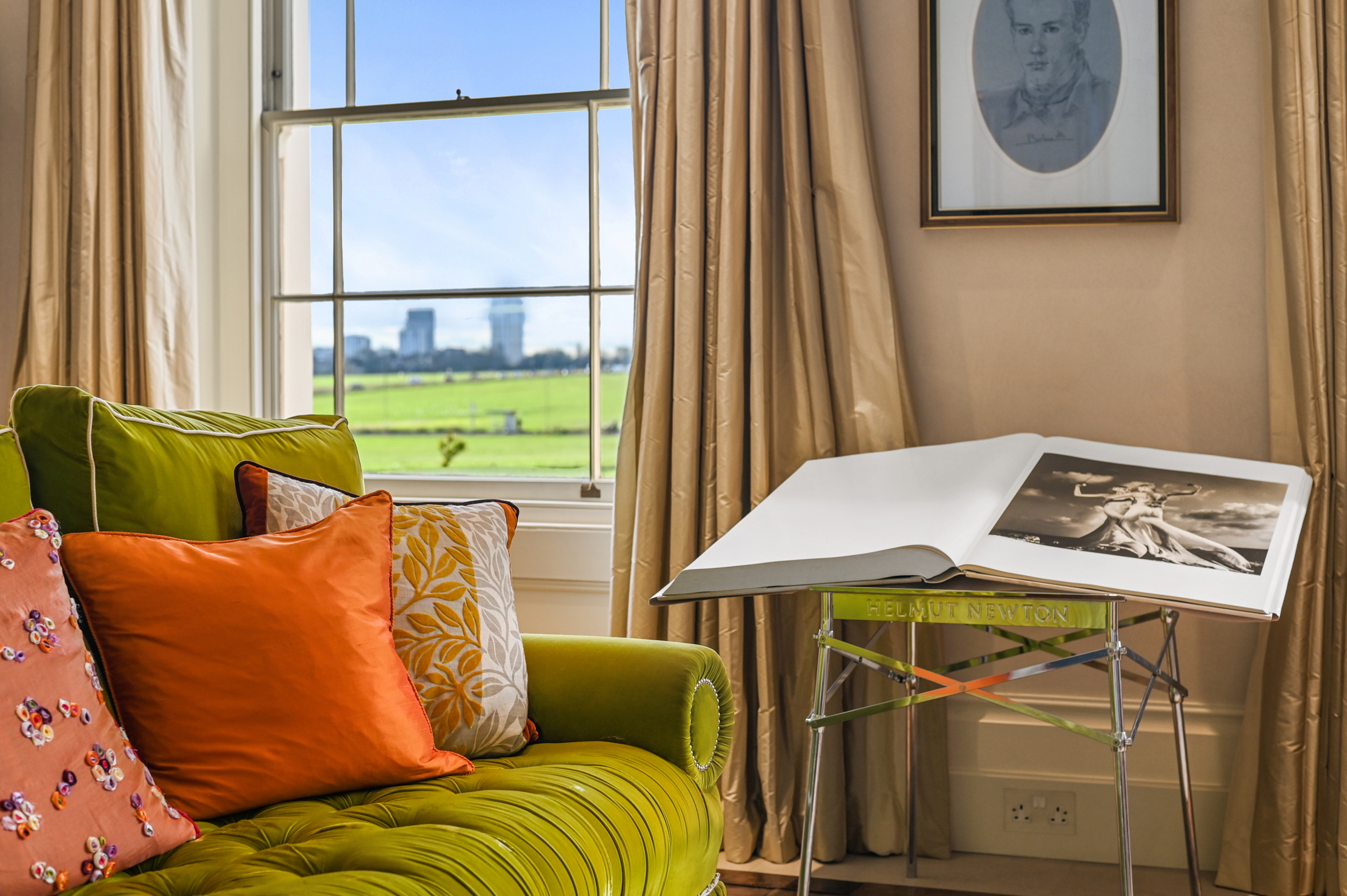 A rare opportunity to own a family home on Vanbrugh Terrace, one of London's finest streets
A rare opportunity to own a family home on Vanbrugh Terrace, one of London's finest streetsThis six-bedroom Victorian home sits right on the start line of the London Marathon, with easy access to Blackheath and Greenwich Park.
By James Fisher Published
-
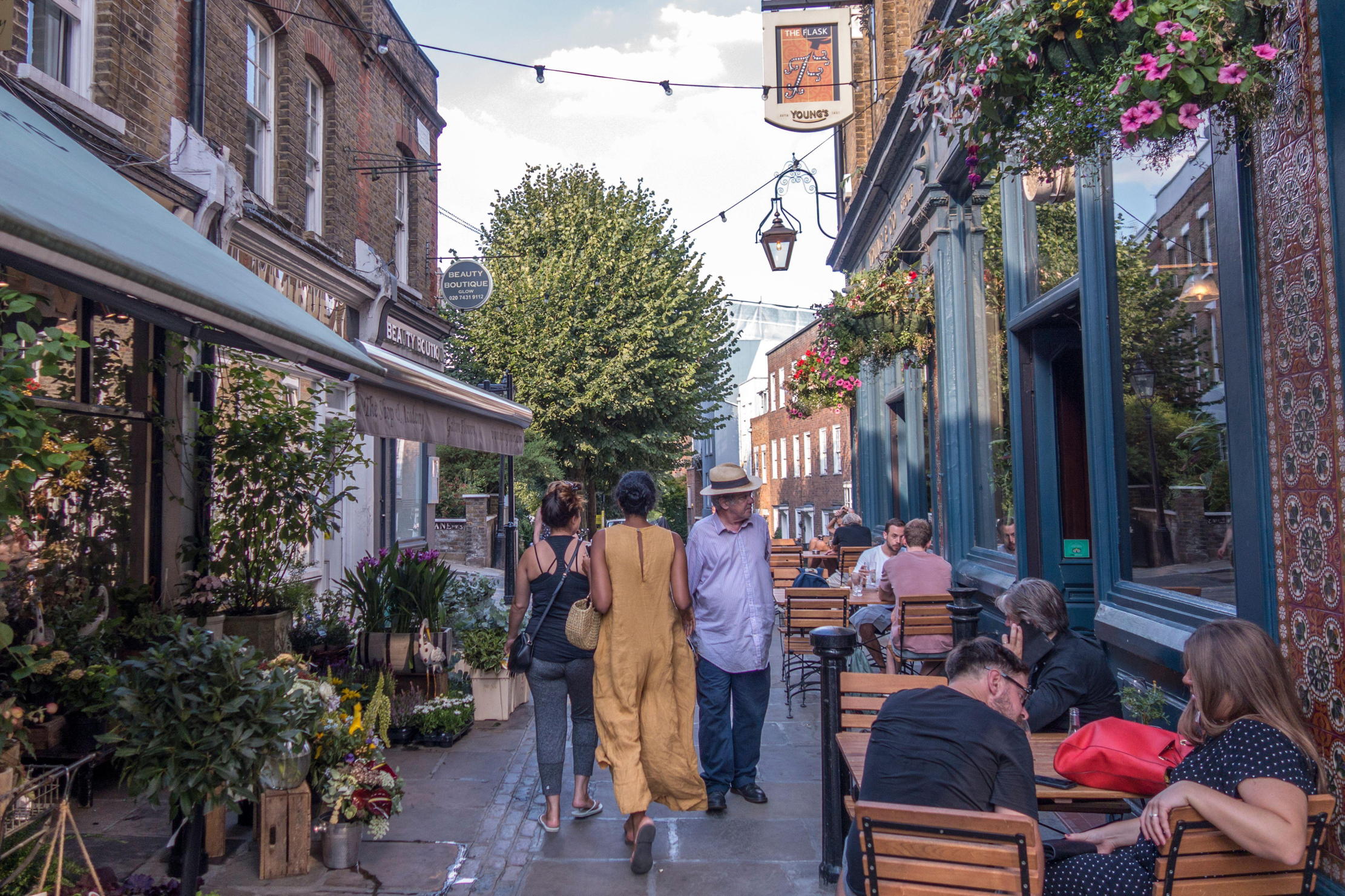 A tale of everyday life as lived on Britain's most expensive street
A tale of everyday life as lived on Britain's most expensive streetWinnington Road in Hampstead has an average house price of £11.9 million. But what's it really like? Lotte Brundle went to find out.
By Lotte Brundle Last updated
-
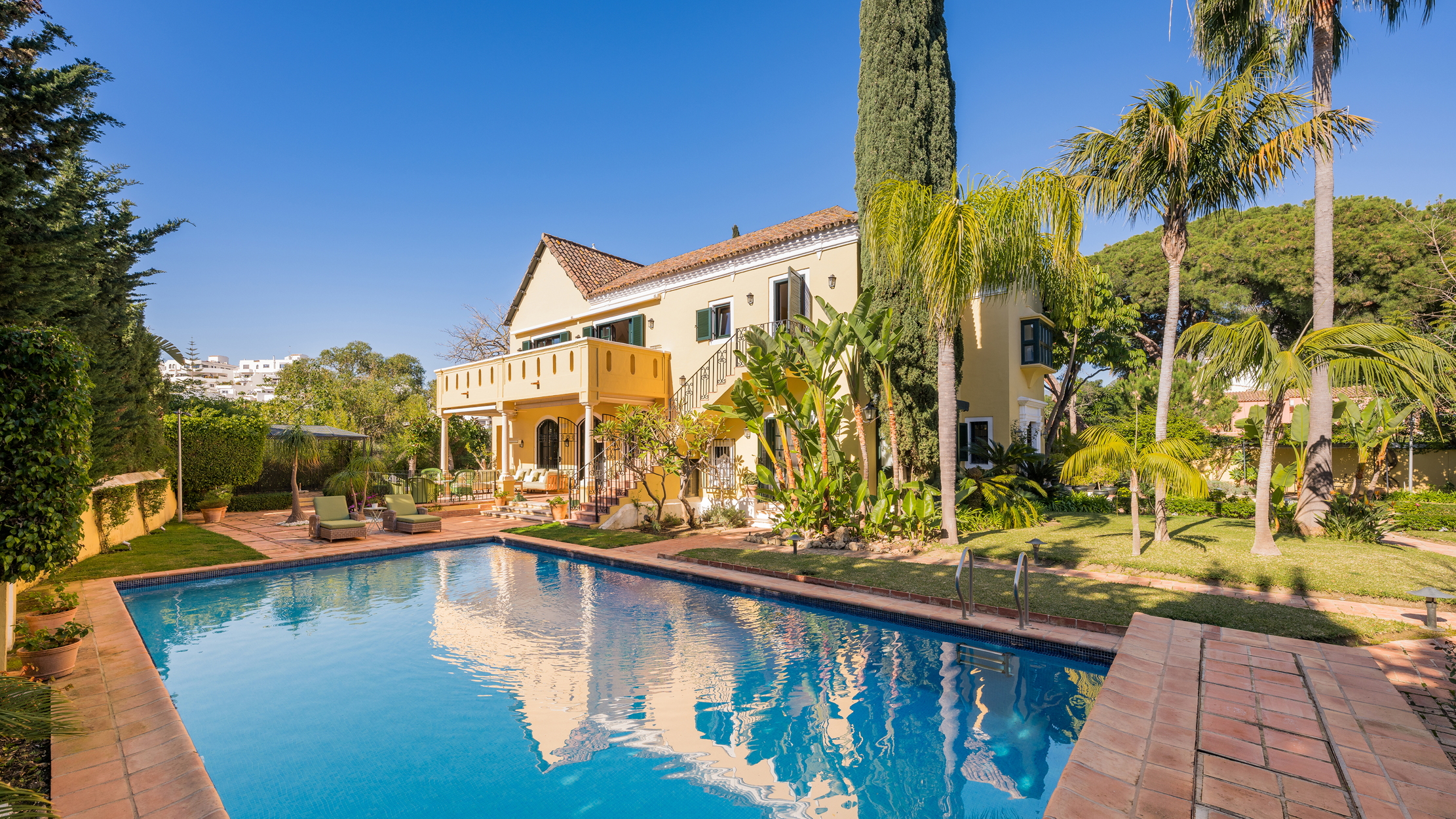 Damon Hill's former home in Marbella is the perfect place to slow down
Damon Hill's former home in Marbella is the perfect place to slow downThe glorious Andalusian-style villa is found within the Lomas de Marbella Club and just a short walk from the beach.
By James Fisher Published
-
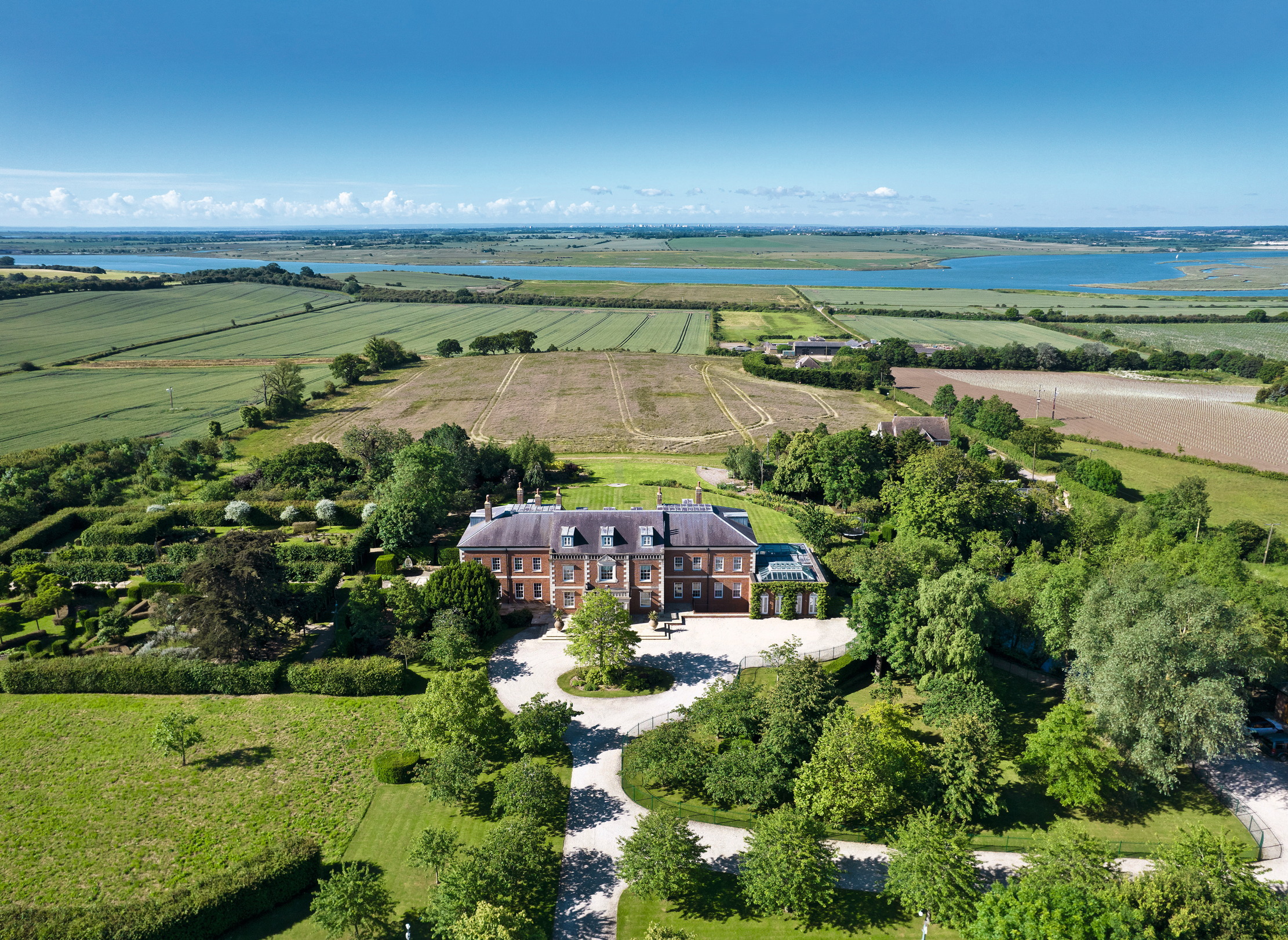 A 327-acre estate in the heart of 'England’s Côte d’Or', with a 26,000sq ft Georgian style home at its heart
A 327-acre estate in the heart of 'England’s Côte d’Or', with a 26,000sq ft Georgian style home at its heartStokes Hall in the Crouch Valley is an inspiring property looking for a new owner.
By Penny Churchill Published
-
 Schreiber House, 'the most significant London townhouse of the second half of the 20th century', is up for sale
Schreiber House, 'the most significant London townhouse of the second half of the 20th century', is up for saleThe five-bedroom Modernist masterpiece sits on the edge of Hampstead Heath.
By Lotte Brundle Published
